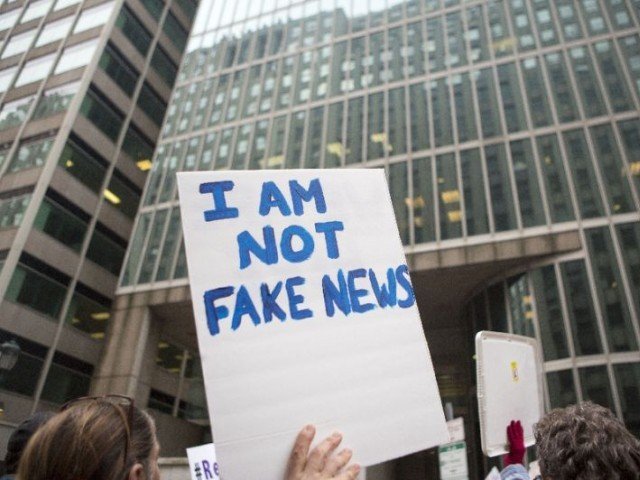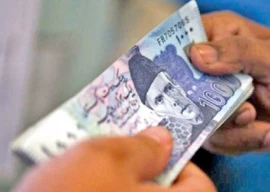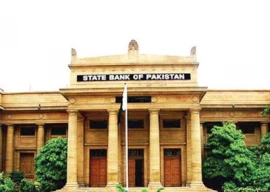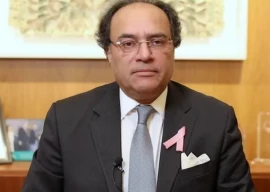
The company has issued a price list of various websites, which run misinformation campaigns, BBC Urdu reported.
It includes generating fake social media profiles and news stories and circulating them through ffictitious followers.
Google and Facebook have vowed to curb the circulation of such news after questions relating to their effects have been raised.
The report named websites in English, Russian, Chinese and Middle Eastern languages, which offer to manipulate information available on social media, search engines and news organisations.
Russian hackers 'planted false story' behind Middle East crisis
Several services offered clearly detail how to affect a political narrative, and which methods to use to manipulate media.
The services offered are:
- Boosting popularity of certain personalities
- Causing protests and unrest
- Discrediting journalists
- Influencing political parties or elections
To malign the reputation of a journalist, posts disproving his news stories are circulated through tweets, re-tweets and likes.
Similarly, stories circulating on Twitter are swamped in thousands of bots based on malicious analysis or criticism.
According to the spokesperson of Trend Micro Bharat Mistri, "manipulation on social media, influencing other online platforms or exaggerating public opinion was never easier."
"The reason behind the success of the such campaigns is the production of news, reports and narratives exploiting or targeting a reader's ideology or belief.
Facebook warns of fake news danger ahead of British election
To curb this campaign, he continued, it is essential to raise awareness among the consumers and equip them with tools, enabling them to identify unreliable sources and propaganda based campaigns.
Provocative headlines, photo-shopped pictures, web addresses resembling the names of legitimate media outlets and unverifiable details are among some of the indicators of such websites.
Trend Micro stressed upon the exposure of viewers to a range of news. "Stories contradicting one's beliefs do not essentially qualify as fake news," he added.



































1714129906-0/Clint-Eastwood-(1)1714129906-0-270x192.webp)






COMMENTS
Comments are moderated and generally will be posted if they are on-topic and not abusive.
For more information, please see our Comments FAQ